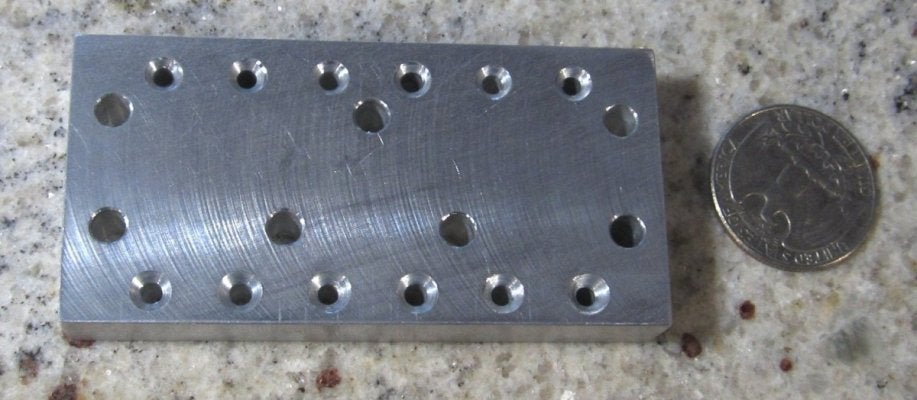Voodoo Tremolo
Tele-Meister
I know this topic has been covered many times. I did search the site and reviewed a lot of related threads but did not find one that answers a simple straight forward question:
Do the outer two holes of the three hole modern bridge align with the outer two holes of the four hole vintage bridge?
It looks like they do in this hole drilling guide attached but nothing beats personal experience from you folks who know first hand.
Happy Saturday everyone.
+ edited title which was wrong (said strings not holes)
Do the outer two holes of the three hole modern bridge align with the outer two holes of the four hole vintage bridge?
It looks like they do in this hole drilling guide attached but nothing beats personal experience from you folks who know first hand.
Happy Saturday everyone.
+ edited title which was wrong (said strings not holes)
Attachments
Last edited:



